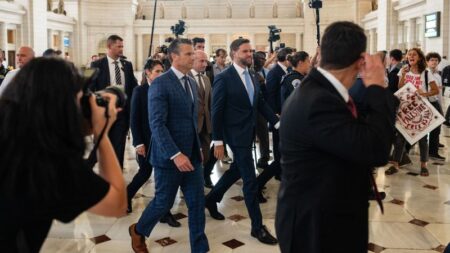In a fiery debate that could signal a shift in how the Supreme Court’s conservative majority approaches historic precedent, Justice Clarence Thomas and Justice Amy Coney Barrett engaged in a heated discussion over the use of history to decide a major trademark case. While Thomas’ decision was unanimous among the justices, Barrett criticized his “laser-like focus on history” as missing the bigger picture.
Barrett’s critique of originalism, the dominant legal doctrine among the court’s conservatives, suggests a growing rift among the justices on the proper use of history in legal interpretation. This debate could have significant implications for upcoming cases, including a pending Second Amendment case involving domestic violence restraining orders and gun ownership.
The clash between Thomas and Barrett highlights a nuanced discussion about the role of history in constitutional adjudication. Barrett’s concurrence in the trademark case emphasized the limits of using history to decide modern legal disputes, while Thomas has previously argued that modern laws must be consistent with the nation’s historical tradition.
The court’s upcoming decision in US v. Rahimi, regarding the constitutionality of gun restrictions related to domestic violence, will likely further illuminate the justices’ differing approaches to history and tradition. The debate over historical precedent could have far-reaching consequences for future cases and the court’s evolving understanding of originalism.
Overall, the debate between Thomas and Barrett underscores a growing dialogue among the justices about the complexities of using history to interpret the Constitution. As the court grapples with landmark cases, the role of history in legal decision-making remains a central point of contention among the justices.











